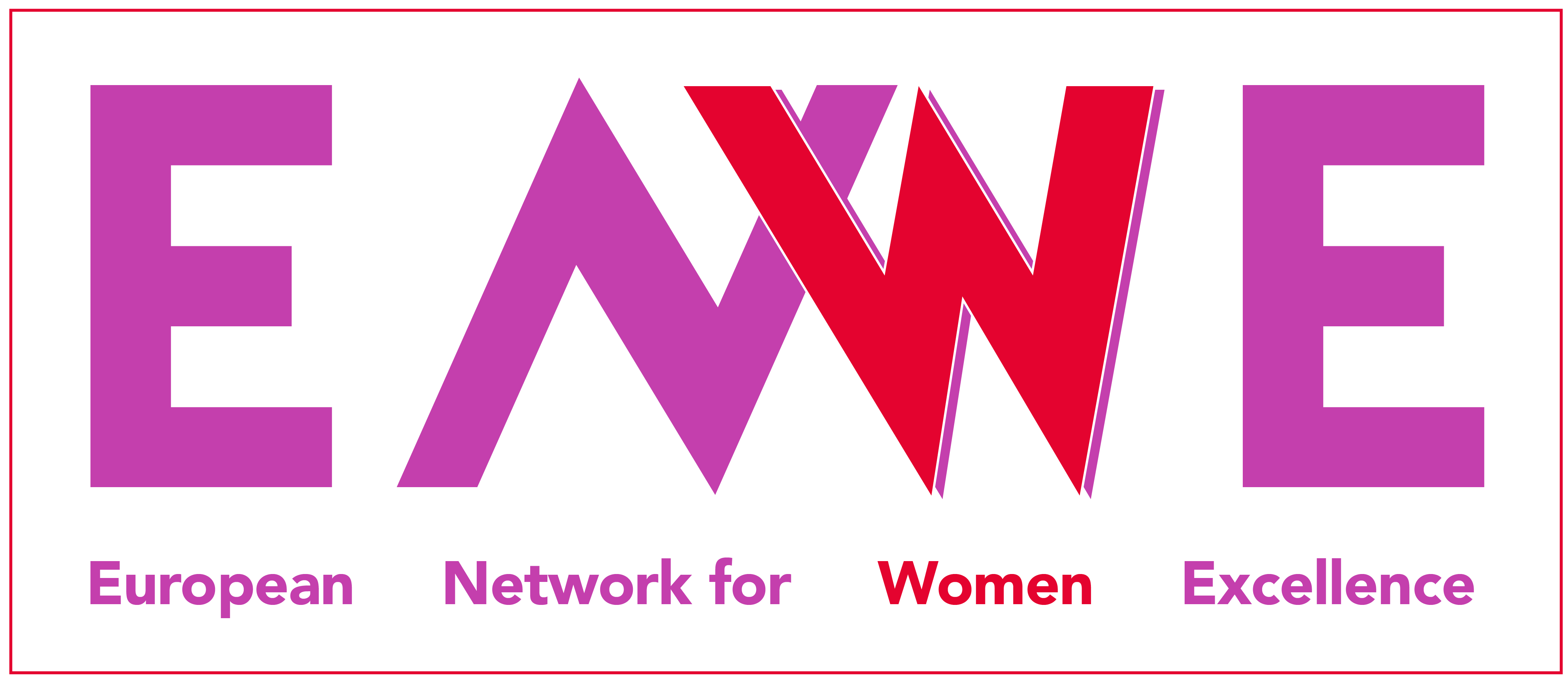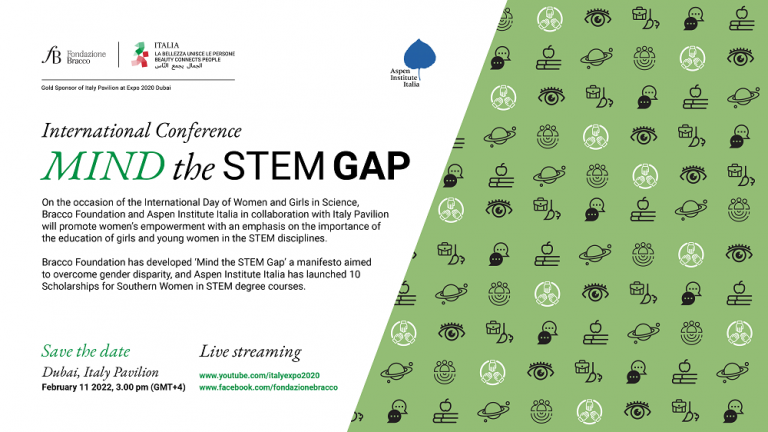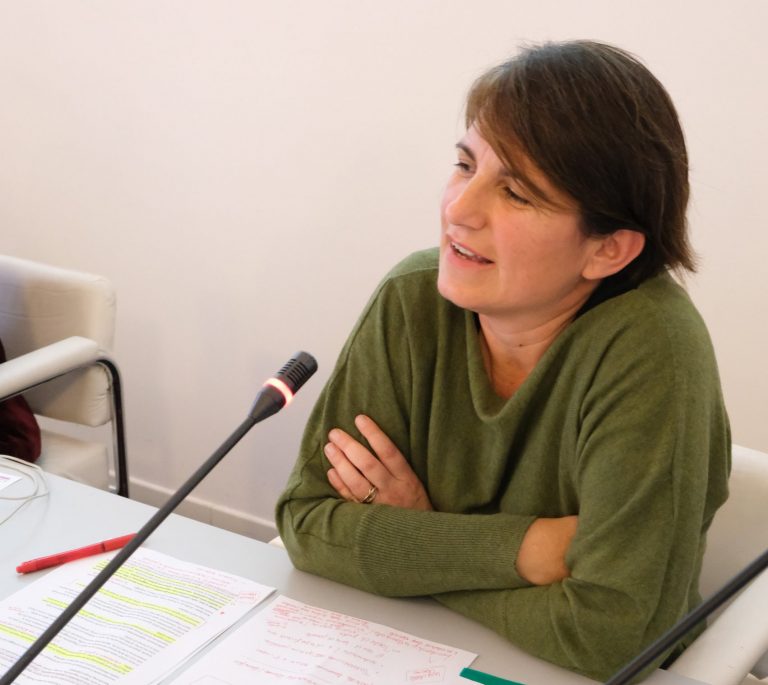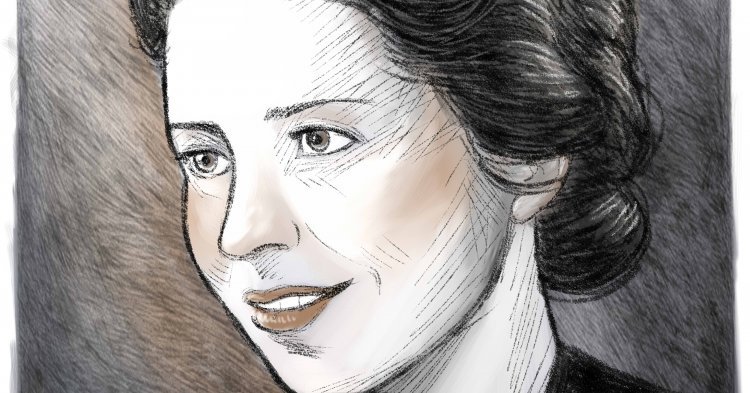Gender inequalities from movies to arts
by Giovanna Pezzuoli
From music to publishing, from drama to the art market, from architecture to cinema and television, up to the future artificial intelligence scenario, the international picture of gender disparities is daunting. Prejudices penalizing female participation are shared by all cultural and creative sectors, as explained by economist Flavia Barca, who has been involved in media and cultural policies research and planning for 25 years. The data from the EENCA (European Expert Network on Culture and Audiovisual) report speak for themselves: to begin with, only 20% of registered composers are women, and classical music female composers’ works represent just over 2% of the total number of concerts. These numbers reflect in the glass ceilings that women are unable to break to reach the top of the industry, as in the glass walls that hinder female mobility, effectively segregating women into specific roles.
The “inverted pyramid” mechanism also characterizes the drama and dance sector. According to the report presented in 2018 in France by the “Haut Conseil à l’Egalité,” in industry academies the representation is equal (52% of women) but, in the labor market, the share of women decreases (31%), and becomes completely marginal when it comes to programmed works (11%). As for women artists, in the list of the 500 top artists, women do not go beyond 14%, even if the percentage rises (31%) when we consider the generation born after 1980. And a large study carried out on over 60 thousand people in 45 countries has shown that female painters’ works have a 50% lower market value than those created by their male counterparts.
The publishing sector registers an important female presence, despite the persistence of the two usual critical issues: economic and top management imbalances. There are also widespread thematic prejudices (“allocative discrimination”), that is a sectorization of literary genres with women dominating historical, and romance literature, but also horror and mystery, while men are more devoted to science fiction, politics and crime. The Architects’ Council of Europe (Ace) counts a female presence of around 38% in the sector, having increased by just one percentage point in 10 years. Furthermore, as it happens in other fields, after the age of 46 the difficulty of remaining in the labor market drives away a substantial share of women. And the inclination of male architects to network among themselves is not to be underestimated, while the lack of mentoring and female role models discourages young women.
In terms of stereotypes, Flavia Barca notes, particularly significant are those conveyed by the movie industry and television, where a not very reassuring picture emerges. Let’s look at the US movie industry: according to research by the USC Annenberg School for Communication and Journalism, out of 800 films monitored, only 31% of speaking characters are women, only 4% of movies are directed by female directors, and out of the 100 top films in 2015 just 32% portrayed female characters in leadership roles. Aging also costs women dearly: in career terms, only 5 out of 100 films had over-45-year-old female protagonists. And the situation in television is only slightly better with 28% of “above-the-line” women professionals (director, screenwriter, producer, etc.), but with female directors representing no more than 17%. In this uncomfortable scenario, it should be emphasized that gender inequalities decrease when a woman is covering key roles.
And in Europe? The study “Where are the women directors?” confirms the low presence of women in top positions and the scarce funding allocated to them: in 85% of cases, the money goes to films directed by men. The critical moment generating the gap is the transition from education (where 44% of directors who graduate are women) to industry work, where the percentage drops to 24%. As for Italy, the EWA research shows how more women obtain their diploma than men (41.5% versus 39%) and then run aground along the most demanding professional paths, such as directing, where they represent just 17%. The data on films by women financed by the public radio and television service (11%) and their distribution are also discouraging: women-directed movies arriving at the box office represent just 3% of the total. This, despite the incentives provided by the implementing decrees of the Franceschini law to producers who accept “above-the- line” women professionals. Similarly, the monitoring of 2019 television programming by Cares-Osservatorio di Pavia shows an imbalance in favor of men, who constitute 63.7% of the 18,688 registered presences, while women appear marginalized (they are 18% among politicians, 22% among spokespersons, 24% among experts and 33% among celebrities). The only country to present encouraging data on gender equality in the audiovisual sector is Sweden, thanks to policies that in 5 years have led to a rapid increase of films directed by women, from 19 to 50%.







